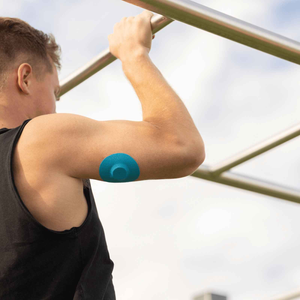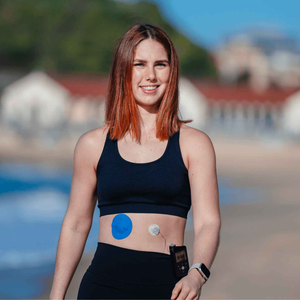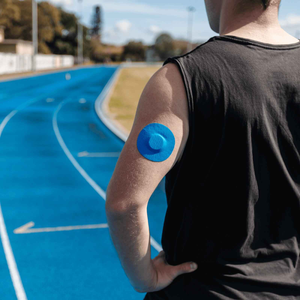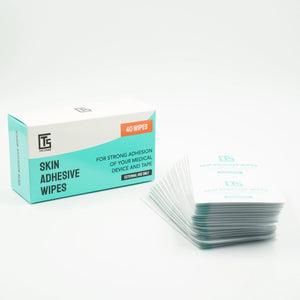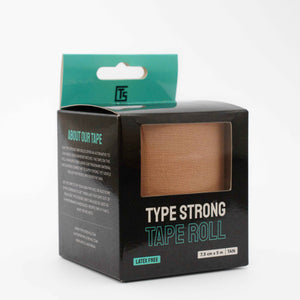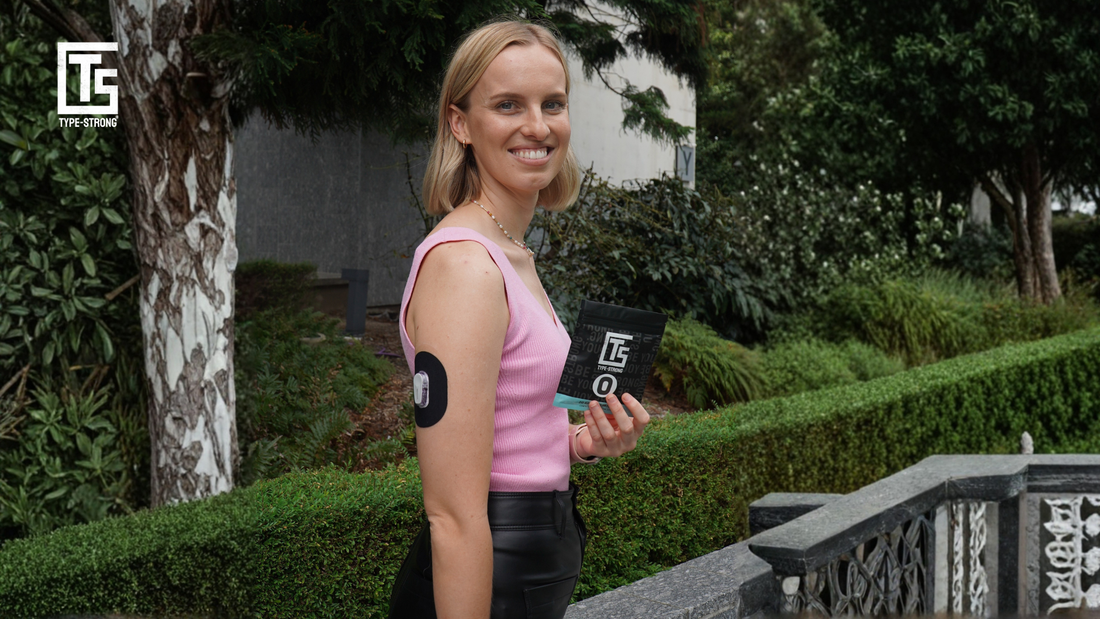Imagine you’re at the beach on a hot day. You’ve packed snacks, sunscreen, and your child’s gear. After a swim, you notice the edge of their Omnipod lifting. Or maybe you’ve been sitting in an important meeting and suddenly feel your patch tug against your shirt sleeve. Small things like this can quickly turn into big worries when you rely on your pump for safe insulin delivery.
That’s why learning how to protect your Omnipod patch pump matters. With a few simple strategies, you can enjoy the freedom it’s meant to give you – without the stress of adhesives giving way.
Why protecting your Omnipod patch pump matters
The adhesive on your pump is engineered to hold well, but your skin is a living, changing surface. Sweat, natural oils, bathing, changes in skin pH, or even a child’s rough-and-tumble play can loosen adhesion (Garg et al., 2018). Once edges start to lift, the risk of detachment increases.
Protection means more than just keeping the device in place. It means uninterrupted insulin delivery, fewer emergency changes, and confidence in your daily routine.
Tip 1: Prep your skin like it matters
Think of skin prep as priming a wall before painting. If there’s oil, dust, or moisture, the paint won’t stick – and the same applies to adhesives.
Steps that make a difference:
- Wash the site with mild, oil-free soap
- Pat dry carefully (not rubbing, which can cause micro-irritation)
- Avoid applying moisturisers or sunscreen right before use
When your skin is properly prepped, your patch can grip more effectively. Our step-by-step guide on proper skin prep has practical tips for every user.

Tip 2: Choose patches made for Omnipod
It can be tempting to reach for generic tape, but the wrong material can cause more harm than good – from blocked vents to unnecessary irritation. Type Strong’s Omnipod patches are cut precisely for the device, allowing the pod to function while keeping it secure.
They’re designed with:
- Breathable, sweatproof fabric – so moisture doesn’t build underneath
- Hypoallergenic adhesive – reducing the chance of irritation
- Flexible fit – moving with you during sport or sleep
This makes them especially helpful for parents of active kids who find standard adhesives don’t survive school sport or hot days.
Tip 3: Plan ahead for activity and climate
Your activity level and environment can double or halve adhesive life. Hot weather, for example, increases sweat production, which weakens adhesion. Research confirms that moisture and pH shifts on skin influence how adhesives perform (Heinemann & Freckmann, 2015).
If you know your day will involve swimming, sport, or heat, add an overpatch in advance. For more insights, see our guide on why sensors need extra protection in summer.
Tip 4: Always carry a backup
Few things cause more stress than an unexpected patch lift away from home. Keeping a spare patch in your bag, your child’s school kit, or even your desk drawer gives you a safety net.
Families often save money and reduce stress by buying through our bundle packs, which ensure you always have extras on hand. This habit is one reason active users keep spares wherever they go.
Tip 5: Monitor skin reactions early
Skin is unique. Some people never react, while others notice redness or itching within days. Research shows that adhesives can cause both irritant and allergic contact dermatitis, particularly in children and those with sensitive skin (Heinemann et al., 2020).
If you notice irritation:
- Rotate your sites
- Switch to hypoallergenic patches
- Give skin a rest day between sites when possible
Our article on patch reactions explains what to watch for.

Strengthen adhesion with wipes
Sometimes you need extra security – for a sports carnival, a beach trip, or travel days. Type Strong’s skin adhesive wipes create a protective layer that boosts grip without harming the skin.
Used with an Omnipod patch, they can extend wear time while keeping the experience comfortable.
Quick guide: When protection makes a difference
|
Situation |
Without patch |
With Omnipod patch |
|
Summer heat |
Edges lift earlier |
Stays secure for longer |
|
Swimming or sports |
Adhesive loosens quickly |
Waterproof layer reduces risk |
|
Long work/school day |
May peel by evening |
Comfortably lasts multiple days |
|
Sensitive skin |
Higher chance of reaction |
Hypoallergenic patch helps reduce irritation |
People also ask
How do I stop my Omnipod from falling off?
Clean skin before application, avoid oils or lotions, and use a patch designed for Omnipod for extra hold.
Can I swim while wearing my Omnipod?
Yes, but water weakens adhesives. Waterproof patches reduce the risk of lifting in pools or the ocean.
Do I always need an overpatch with Omnipod?
Not always – but if you’re active, in hot climates, or managing a child’s pump, it’s a reliable safeguard.
What should I do if my skin reacts to adhesives?
Switch to hypoallergenic patches, rotate application sites, and seek medical advice if irritation continues.
Final thoughts
Protecting your Omnipod isn’t about overcomplicating your routine – it’s about making sure your device keeps up with your life. From smart skin prep to carrying spares, these small habits add up to peace of mind.
At Type Strong, we’ve designed Omnipod patches and adhesive wipes to support you through everyday wear, sports, swimming, and everything in between. Because your pump should give you freedom – not one more thing to worry about.
References
Garg, S., Akturk, H. & Beatson, C. (2018) Skin and adhesives: addressing the ongoing challenges with insulin pumps and continuous glucose monitoring devices. Diabetes Technology & Therapeutics, 20(S2), pp. S2-3–S2-10. Available at: https://doi.org/10.1089/dia.2018.0092
Heinemann, L. & Freckmann, G. (2015) Adhesive patches used to affix sensors of continuous glucose monitoring systems: A neglected source of uncertainty in CGM data? Journal of Diabetes Science and Technology, 9(6), pp. 1291-1295. Available at: https://doi.org/10.1177/1932296815606509
Heinemann, L., Braune, K., Carter, A., Freckmann, G. & Schnell, O. (2020) Insulin infusion set and patch pump adhesives – current status and recommendations. Journal of Diabetes Science and Technology, 14(5), pp. 912–918. Available at: https://doi.org/10.1177/1932296819879990
